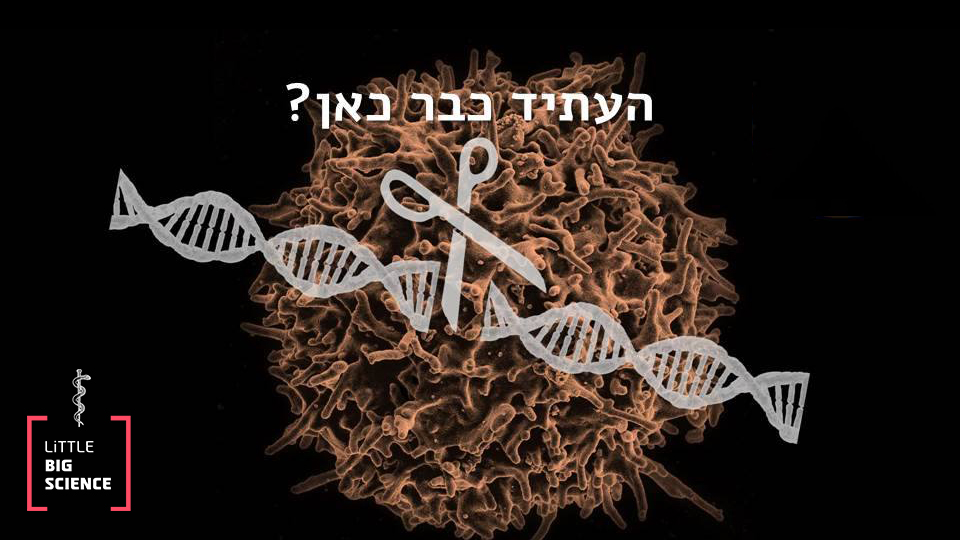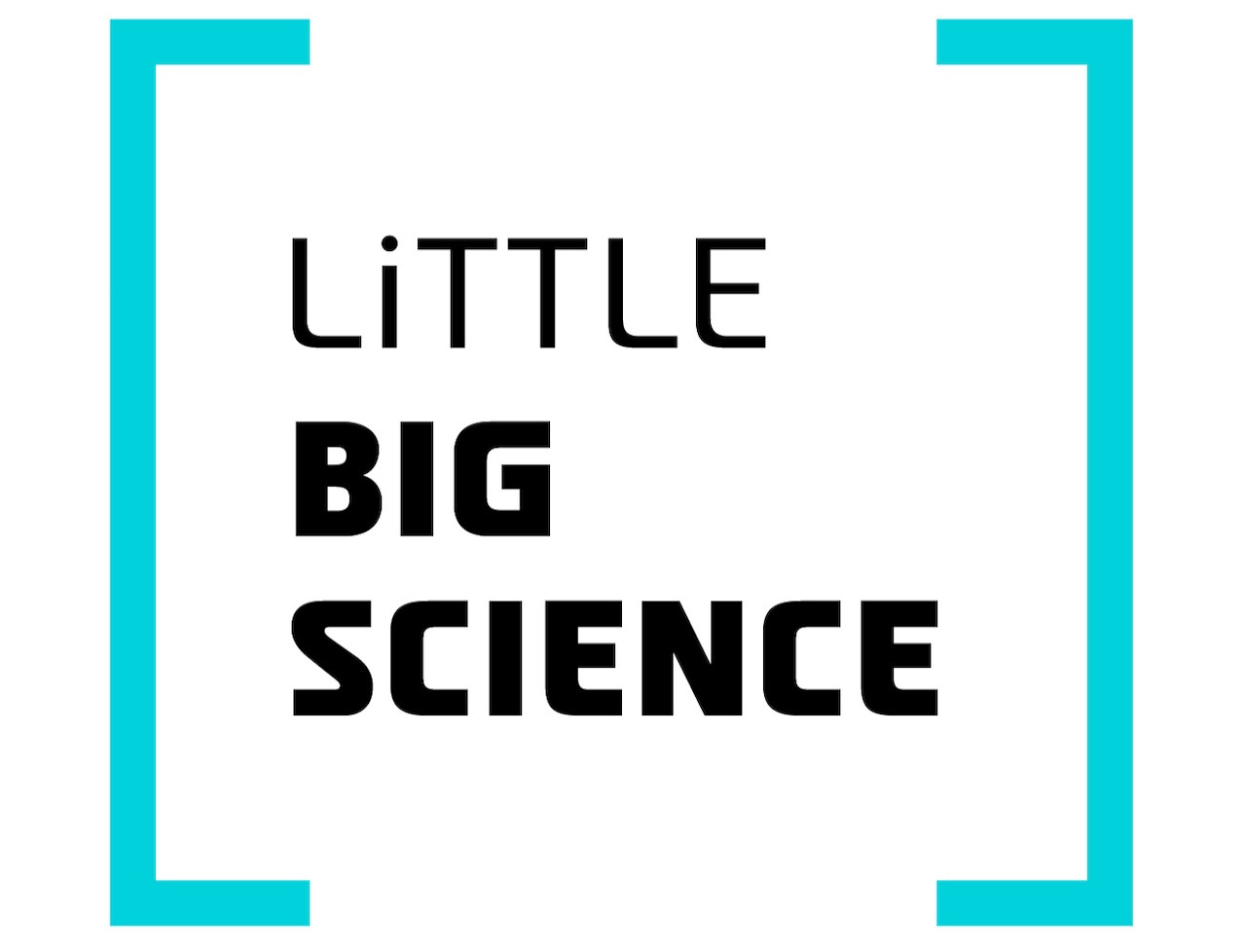
CRISPR/Cas-9 technology has many potential applications, from basic research to medicine, but currently has been only used the laboratory on cells in culture or animals. Using it to engineer human cells for the treatment of diseases, as part of a clinical trial on humans, is something new. How would this work and what does this new potential therapy aim to achieve?
Advertisement
The CRISPR/Cas9 gene-editing technology (or CRISPR, for short) enables simple, targeted modifications to the genomes of cells and even to embryos that will develop into whole organisms, and it has transformed the field of genetic engineering. The CRISPR system includes a DNA-cutting component that is guided with great precision by an RNA molecule—one that scientists can program so the genetic change occurs exactly where intended. Laboratory experiments show that this technology holds tremendous promise for medicine as well—from correcting mutations and curing genetic diseases to deleting the genome of the human immunodeficiency virus (HIV) from infected cells. In 2015 Chinese researchers were reported to have engineered human embryos with CRISPR, and this year embryos were even engineered to be resistant to HIV. It was only a matter of time before the technology’s medical potential left the experimental benches and reached human subjects—and, unsurprisingly, the first application has been reported from China.
To be precise, this is not the first time genetic-engineering techniques have been used to treat people. Several clinical trials have already taken place in which, for example, cancer patients were treated, or cells re-implanted into a patient were endowed with mutations that protect against HIV. Nevertheless, this is the first time CRISPR itself has been used for that purpose. The other methods employed until now are highly accurate but more expensive than CRISPR and require time-consuming adjustments for each target gene. CRISPR, by contrast, allows rapid and inexpensive genetic engineering of cells, even if, at present, it is slightly less precise.
Recently, a clinical trial was reported in the city of Chengdu, China (also famous for its panda-breeding center), in which a team led by oncologist Lu You injected CRISPR-engineered cells into a patient with aggressive non-small-cell lung cancer that had metastasized and had not responded to standard treatments such as chemotherapy and radiation.
The researchers took T cells from the patient’s immune system and used CRISPR to disable the gene that encodes the protein PD-1. This protein suppresses the immune response of the cells, preventing them from attacking the body’s own tissues—but it also hampers an effective immune response against tumor cells, which hide by activating PD-1 through producing excessive amounts of PD-L1, which bind PD-1 to activate it. PD-1 is already the target of lung-cancer drugs based on antibodies that neutralize its activity, and two such drugs have been approved by the U.S. Food and Drug Administration.
The team expanded the edited cells in the laboratory and reinfused them into the patient, hoping that the engineered cells, which do not express PD-1, would efficiently attack the tumor and help the patient recover. Lu reported that the first infusion went smoothly and that the patient will receive another dose of engineered cells soon. The researchers plan to treat ten patients, each of whom will receive two to four infusions. The primary objective of the clinical trial is to assess the treatment’s safety; the researchers will monitor the patients for six months for any side effects, but they also intend to evaluate whether the therapy improves the patients’ condition.
Researchers at Peking University in Beijing plan to begin clinical trials with similarly engineered T cells in patients with cancers of the bladder, prostate, and kidney in in March 2017. Yet, the Chinese are not alone in the CRISPR race: U.S. scientists also intend to conduct comparable clinical trials in patients with certain cancers, using T cells extracted from the patient and modified with CRISPR to eliminate PD-1 expression, as well as two additional genes that will facilitate activation of an engineered receptor directed against a protein that is produced in those tumors. This trial was approved by a National Institutes of Health (NIH) committee in June, and the researchers are expected to begin the study in early 2017.
For now we must await the results of the clinical trial, which could lead to the rapid development of an innovative treatment for malignancies and to future therapies for genetic and other diseases. And, of course, we can ponder whether—and when—the first human baby engineered with CRISPR will be born.
English editing: Elee Shimshoni
References:
- First use of CRISPR technology in humans
- Use of engineered CAR-T cells to treat cancer
- Engineering resistance to HIV
- Chinese researchers engineered human embryos (2015)
- Chinese researchers engineered human embryos for the second time, to resist HIV (2016)
- Phase I of the trial
- PD-1 protein, from Wikipedia







